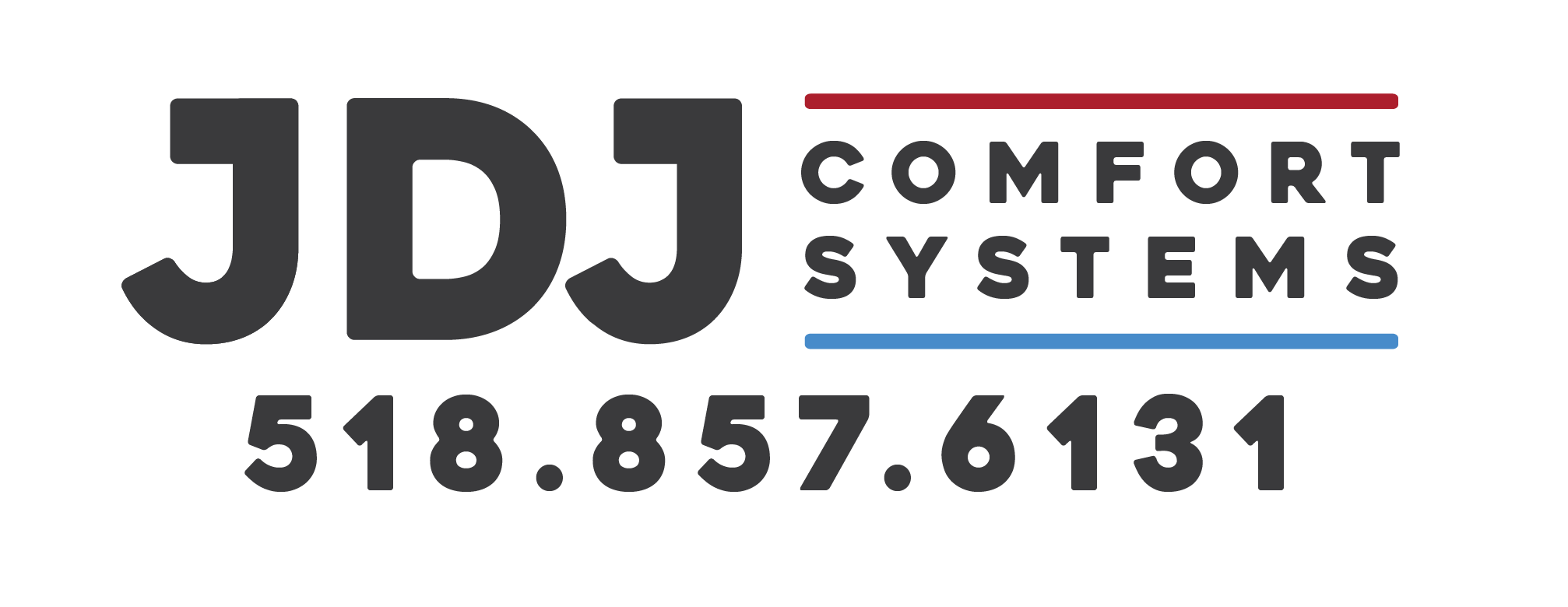Mechanical or “forced” ventilation is used to control indoor air quality. Excess humidity, odors, and contaminants can often be controlled via dilution or replacement with outside air. However, in humid climates much energy is required to remove excess moisture from ventilation air.
Kitchens and bathrooms typically have mechanical exhaust to control odors and sometimes humidity. Kitchens have additional problems to deal with such as smoke and grease. Factors in the design of such systems include the flow rate (which is a function of the fan speed and exhaust vent size) and noise level. If ducting for the fans traverse unheated space (e.g., an attic), the ducting should be insulated as well to prevent condensation on the ducting. Direct drive fans are available for many applications, and can reduce maintenance needs.
Ceiling fans and table/floor fans circulate air within a room for the purpose of reducing the perceived temperature because of evaporation of perspiration on the skin of the occupants. Because hot air rises, ceiling fans may be used to keep a room warmer in the winter by circulating the warm stratified air from the ceiling to the floor. Ceiling fans do not provide ventilation as defined as the introduction of outside air.

